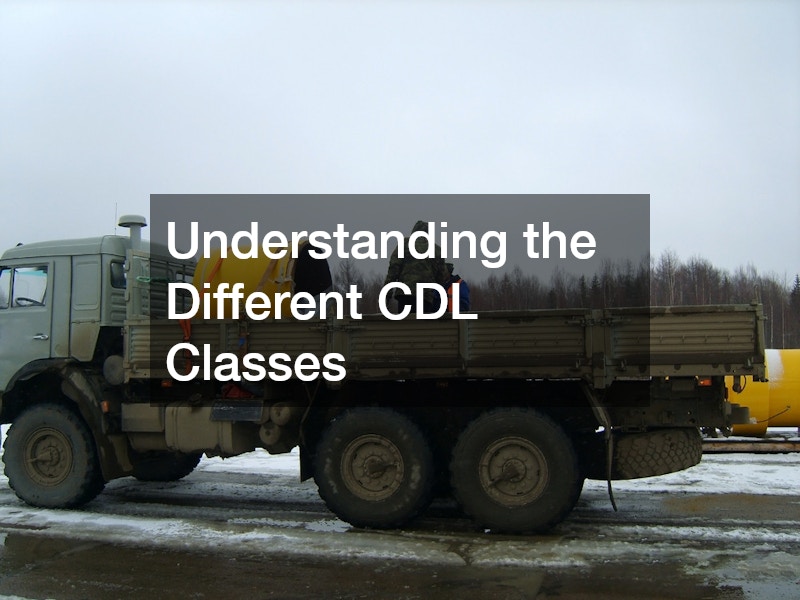When exploring a career in commercial driving, it’s essential to understand the different classes of a Commercial Driver’s License (CDL), as each class determines what type of vehicle you’re legally permitted to operate. CDLs are divided into three main classes—Class A, Class B, and Class C—each with unique requirements and vehicle specifications.
Class A CDL allows drivers to operate large vehicles with a gross combination weight rating (GCWR) of 26,001 pounds or more, provided the towed vehicle exceeds 10,000 pounds. After attending a CDL Class A Program, drivers can operate tractor-trailers, tankers, and flatbeds, making it one of the most versatile options. This license is typically suited for long-haul trucking positions.
Class B CDL covers single vehicles with a GCWR of 26,001 pounds or more but does not permit towing a trailer over 10,000 pounds. Class B license holders often drive buses, straight trucks, and dump trucks. It’s ideal for drivers focused on local or regional transport, where maneuverability and size restrictions are crucial.
Class C CDL applies to vehicles not covered under Class A or B, particularly those transporting 16 or more passengers or hazardous materials. This class is required for smaller passenger vehicles, like shuttle buses or vehicles carrying certain chemicals or hazardous substances.

Each class has specific endorsements, such as passenger (P), hazardous materials (H), or tanker (N), which expand a driver’s qualifications. Understanding these classes and endorsements ensures drivers are fully prepared to meet industry needs and maintain safe transportation practices.



